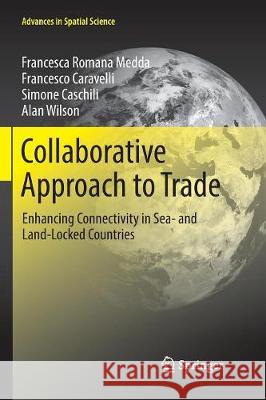Collaborative Approach to Trade: Enhancing Connectivity in Sea- And Land-Locked Countries » książka
topmenu
Collaborative Approach to Trade: Enhancing Connectivity in Sea- And Land-Locked Countries
ISBN-13: 9783319836454 / Angielski / Miękka / 2018 / 222 str.
Collaborative Approach to Trade: Enhancing Connectivity in Sea- And Land-Locked Countries
ISBN-13: 9783319836454 / Angielski / Miękka / 2018 / 222 str.
cena 483,04
(netto: 460,04 VAT: 5%)
Najniższa cena z 30 dni: 462,63
(netto: 460,04 VAT: 5%)
Najniższa cena z 30 dni: 462,63
Termin realizacji zamówienia:
ok. 22 dni roboczych
Dostawa w 2026 r.
ok. 22 dni roboczych
Dostawa w 2026 r.
Darmowa dostawa!
Kategorie:
Kategorie BISAC:
Wydawca:
Springer
Seria wydawnicza:
Język:
Angielski
ISBN-13:
9783319836454
Rok wydania:
2018
Wydanie:
Softcover Repri
Ilość stron:
222
Waga:
0.35 kg
Wymiary:
23.39 x 15.6 x 1.32
Oprawa:
Miękka
Wolumenów:
01
Dodatkowe informacje:
Wydanie ilustrowane











